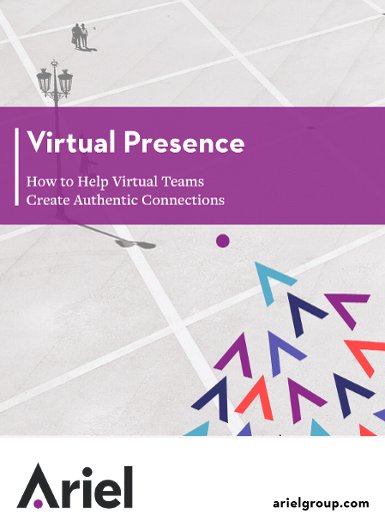The Power of the Parallel Situation

As sales professionals, we can never have enough tools in our arsenal for dealing with client concerns. One of our favorites is the “parallel situation,” or a reassurance that the client is not alone in their thinking. When clients hear that their concerns are not unique to them, it can be very comforting. We can leverage parallel situations for several different purposes, including these three:
Reducing Risk—It goes without saying that trust is important for good client relationships, but we all know that perceived risk can make it difficult to achieve either. The next time you encounter this problem, you can use a well-timed parallel situation to help reduce or even mitigate any perceived risk. For example, you can let the client know about similar situations that achieved positive results: “I would like you to speak with other clients who had the same problem.. They were also concerned, but found that this wasn’t as risky as they anticipated…”
Resolving Objections—If you’ve ever dealt with a client’s objections (and we’re assuming you have), you’ll already know how difficult they can be to resolve. This is a great time to use a parallel situation to address the objection and offer a solution.. Similar to reducing risk, clients are more likely try your suggestions if you tell them about a similar, successful scenario: “I have heard this concern before. It’s perfectly reasonable. You are not alone in thinking this way. I would like to share with you a situation that is almost the same as yours. Here is how this client reconciled their concern…”
Situation Analysis—Sometimes clients can feel uncomfortable when you ask them questions about the long-term, especially when your questions are big-picture or strategic. Don’t let your client think you are insensitive to their feelings – a parallel situation within a pre-question statement can alleviate their concerns: “…most people in this business are focused on the day-to-day issues and tend not to think strategically as much as they would like. But I always think it’s useful to know more about your long-term plans. So can you share with me your thoughts about…”
Whether a client is worried about the risks of making a big decision, is reluctant to buy because they aren’t yet convinced, or is uncomfortable because they aren’t able to answer certain questions, parallel situations can have a very powerful impact. When you use them you demonstrate key behaviors like credibility, empathy, and sensitivity. You also show the client you are a bit different than your competitors. We encourage you to use this approach when necessary to move your relationships forward. We are confident that it will pay off.
—
Have you ever used a parallel situation to help win the business? Share your story in a comment!
